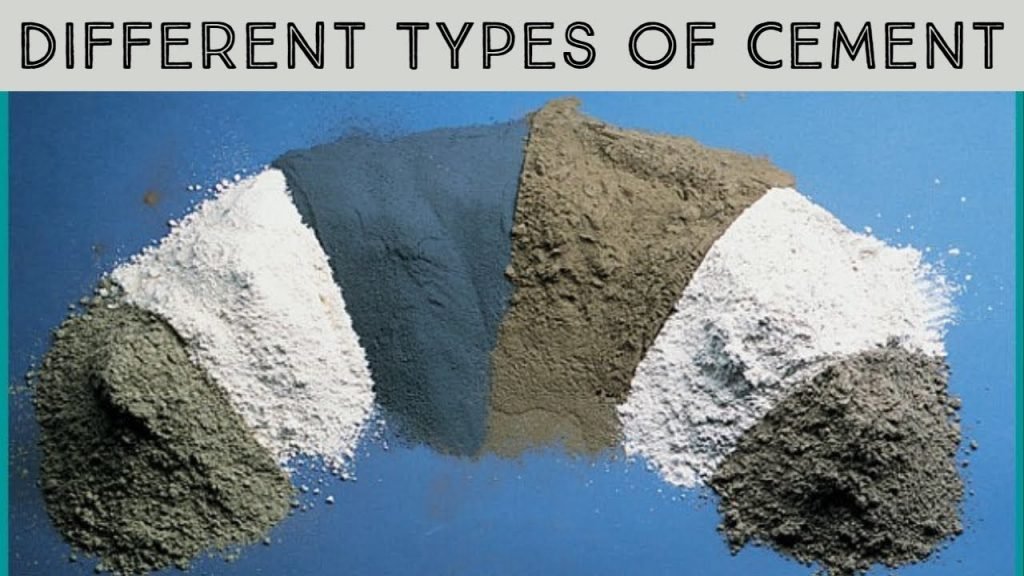USE OF WATER REDUCERS, RETARDERS, AND SUPERPLASTICIZERS
Introduction Many important characteristics of concrete are influenced by the ratio (by weight) of water to cementitious materials (w/cm) used in the mixture. By reducing the amount of water, the cement paste will have higher density, which results in higher paste quality. An increase in paste quality will yield higher compressive and flexural strength, lower …
USE OF WATER REDUCERS, RETARDERS, AND SUPERPLASTICIZERS Read More »
